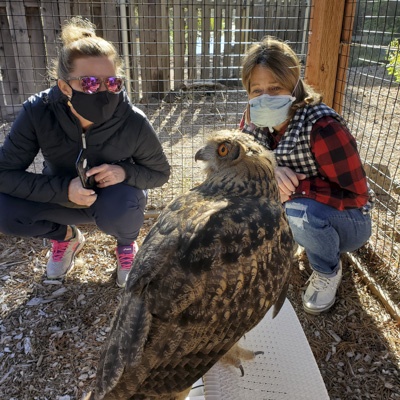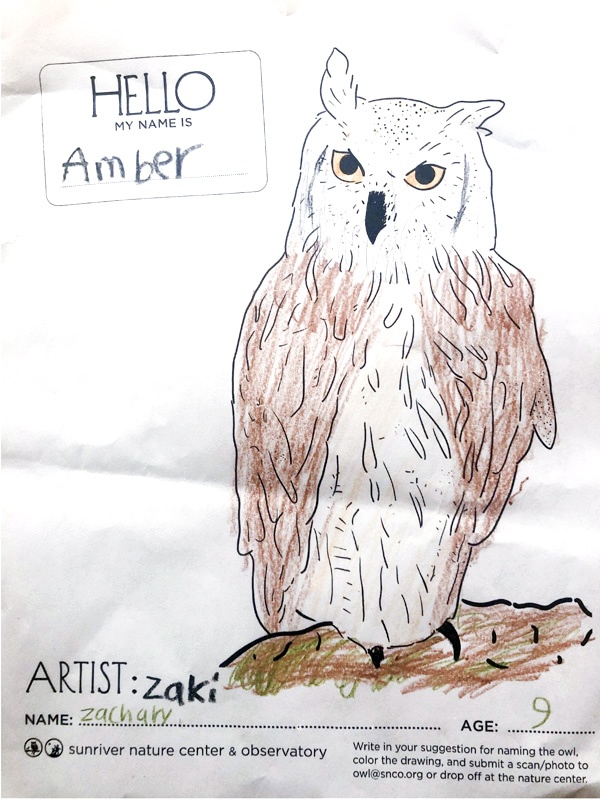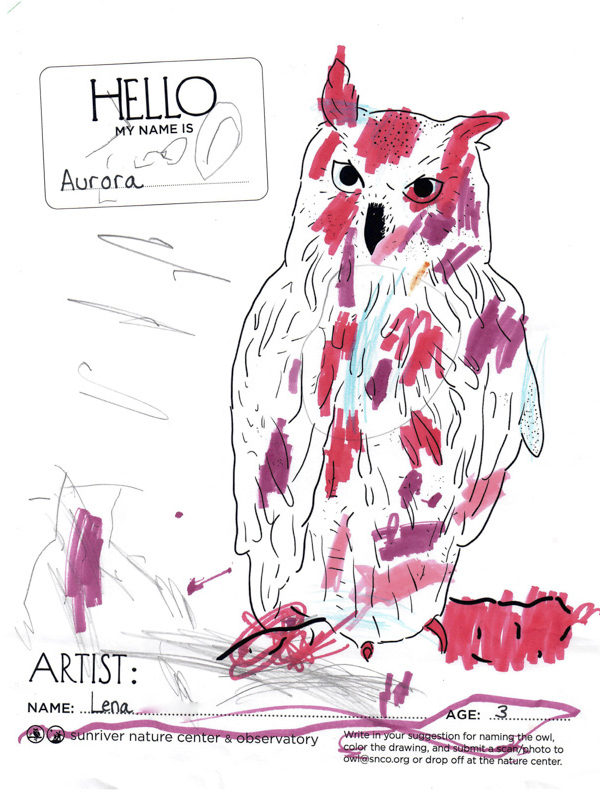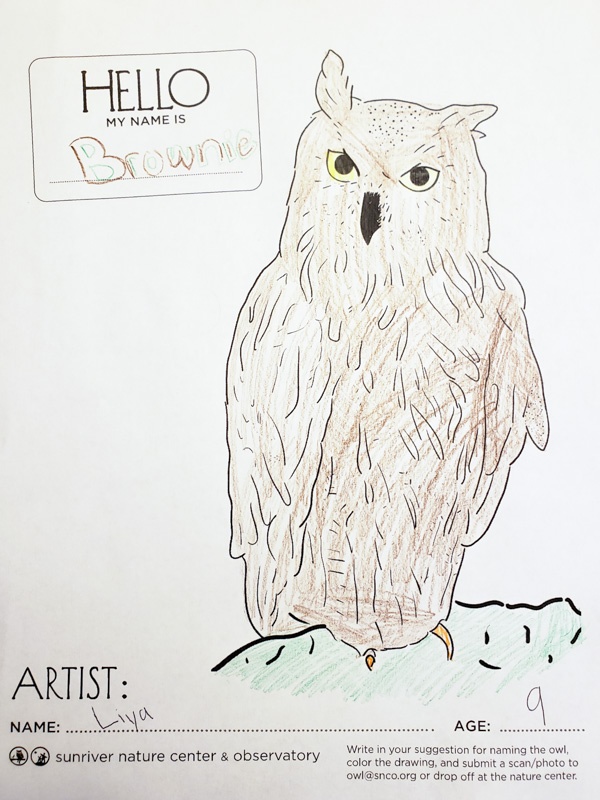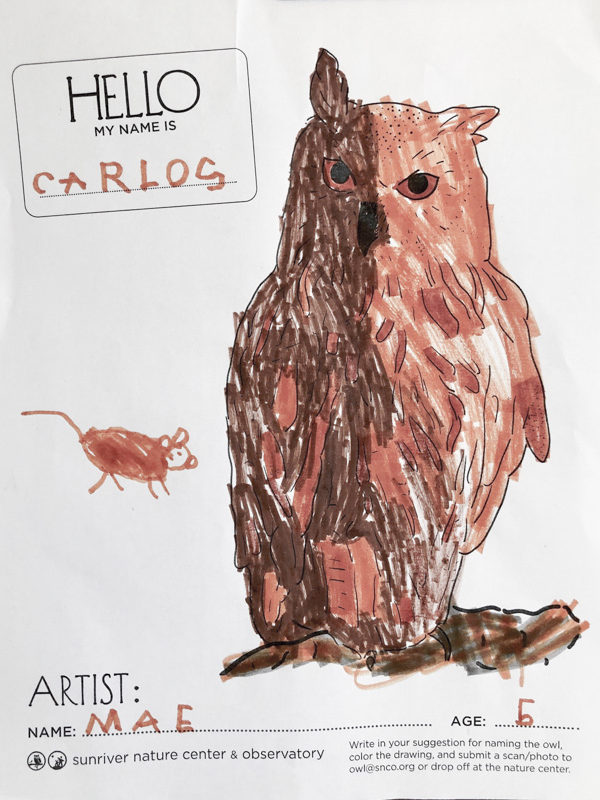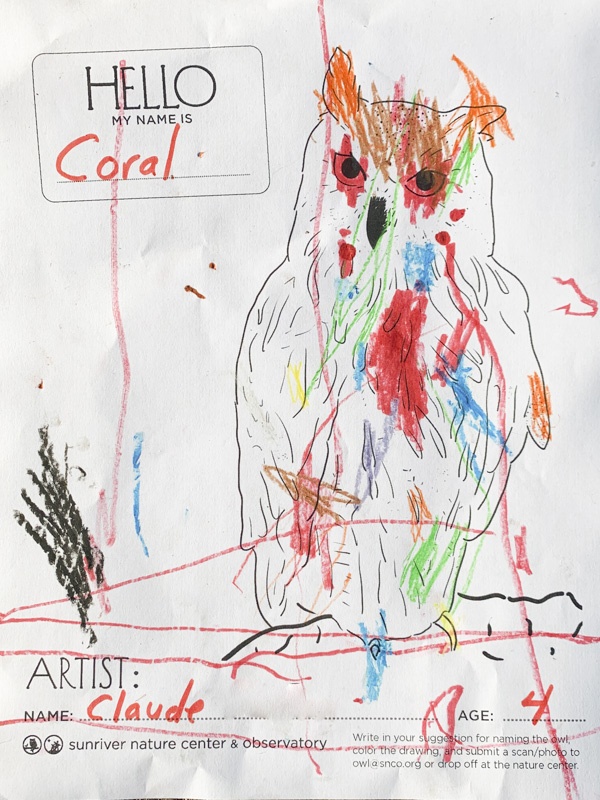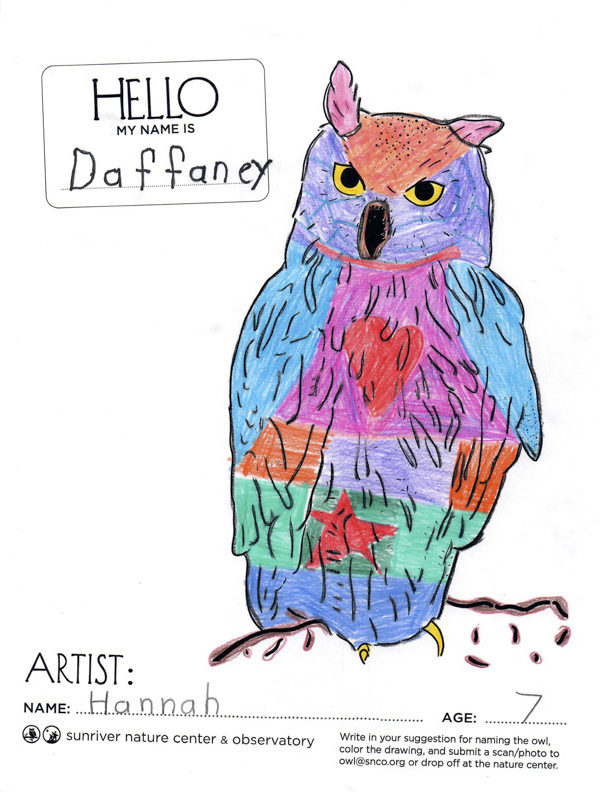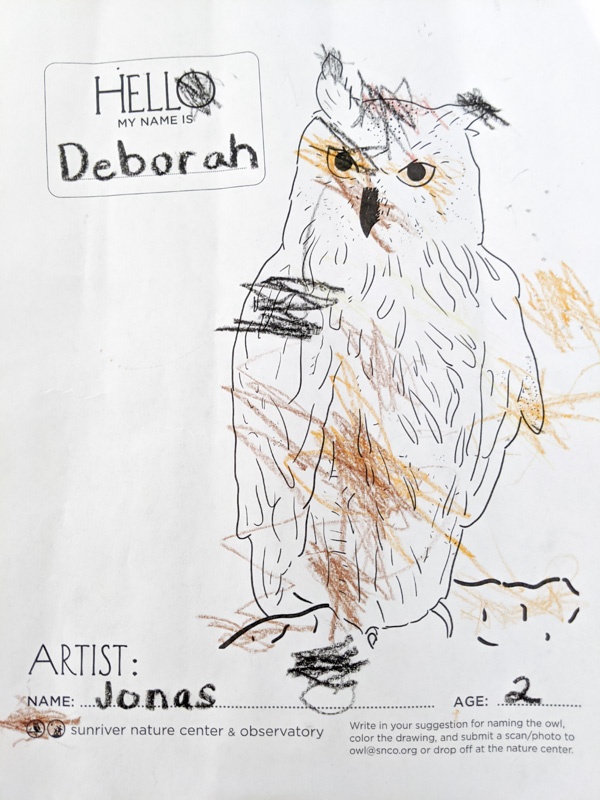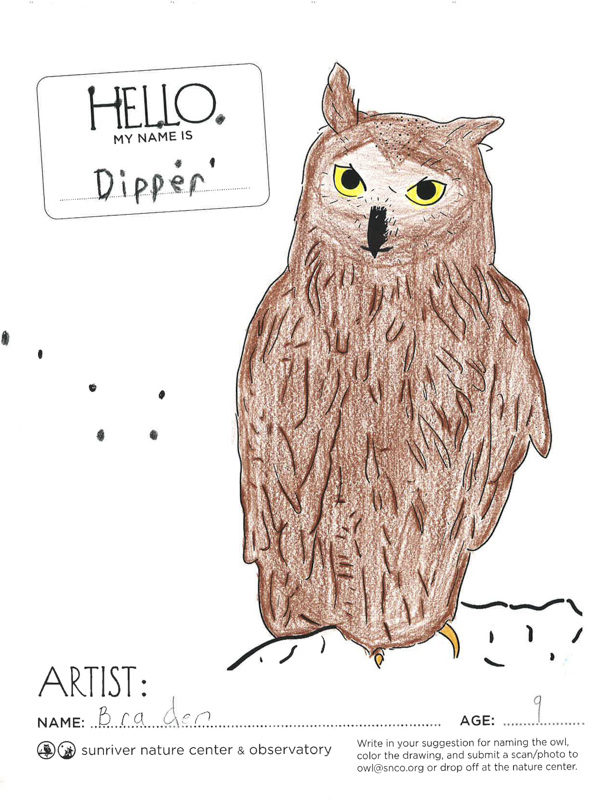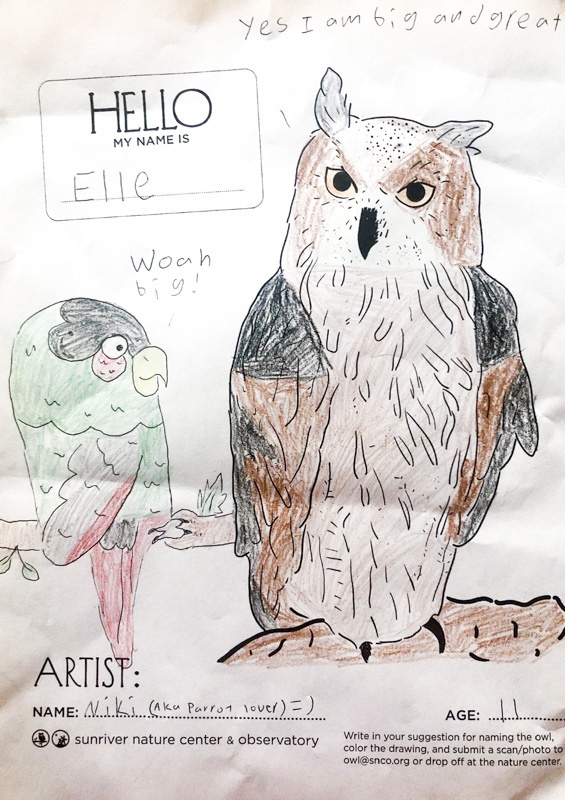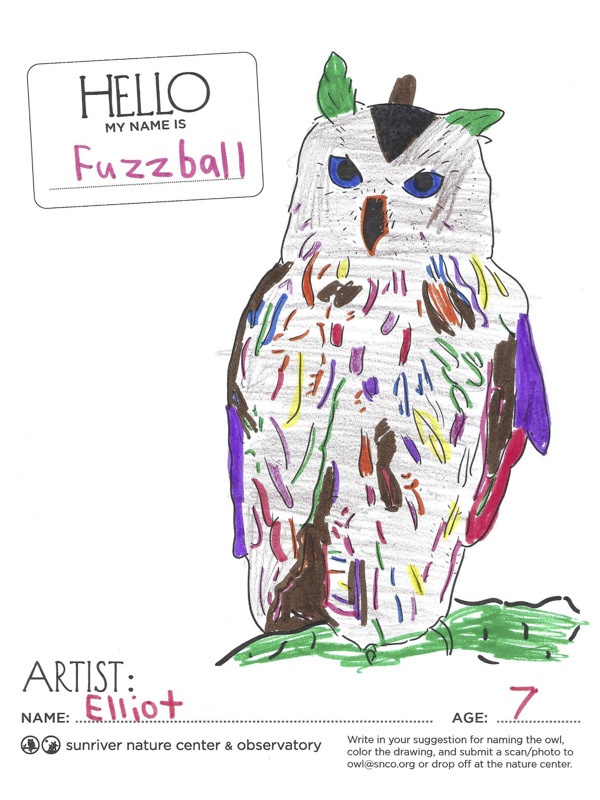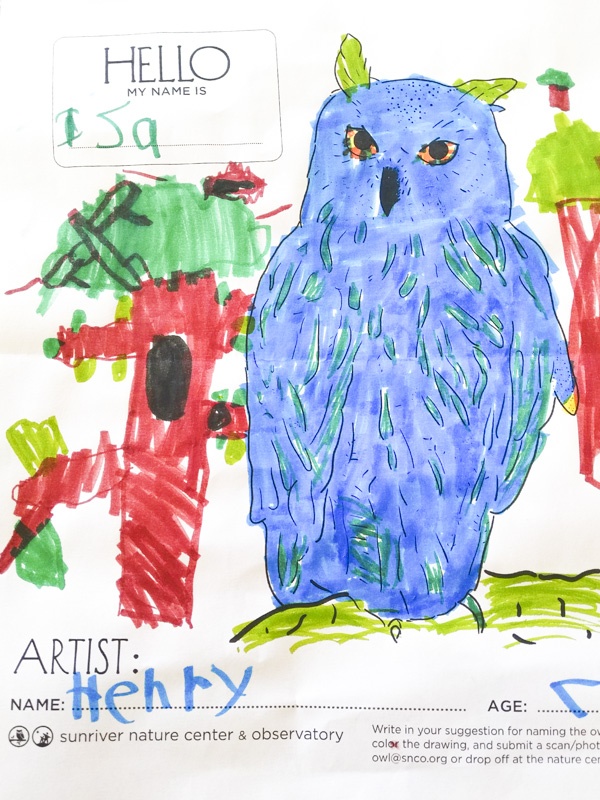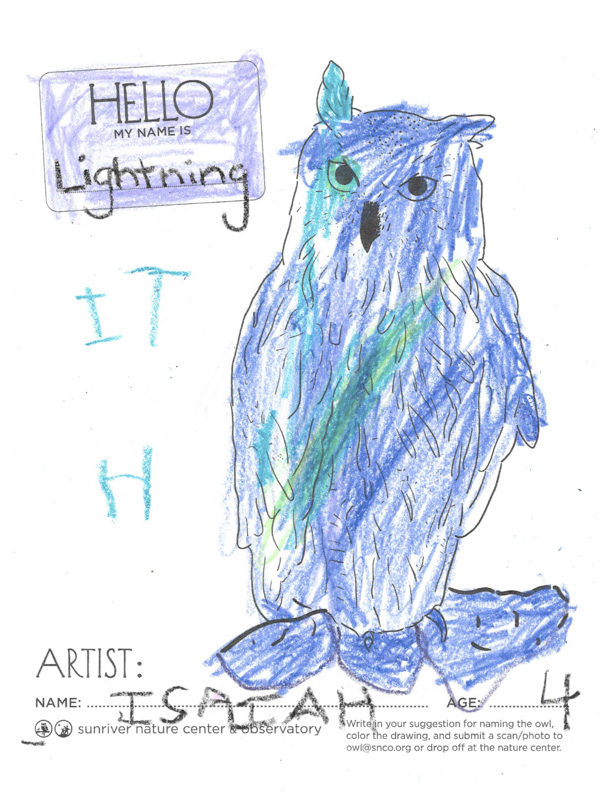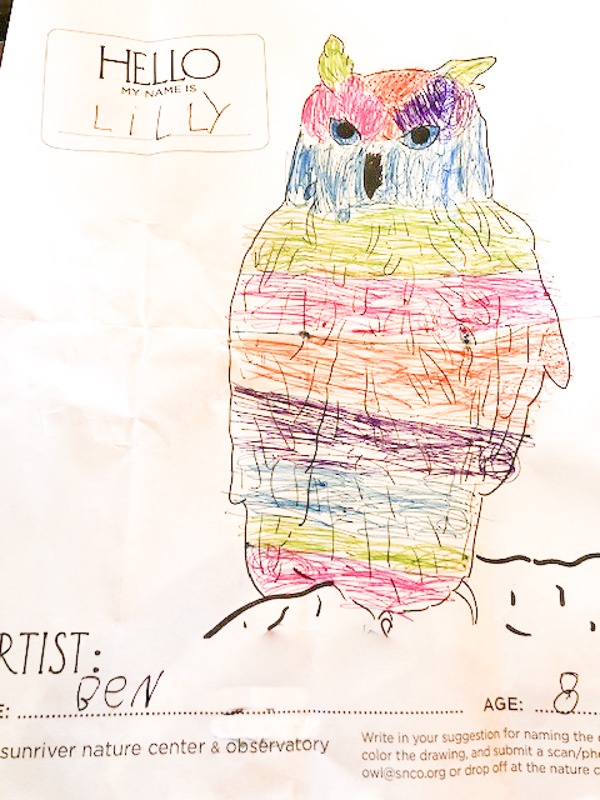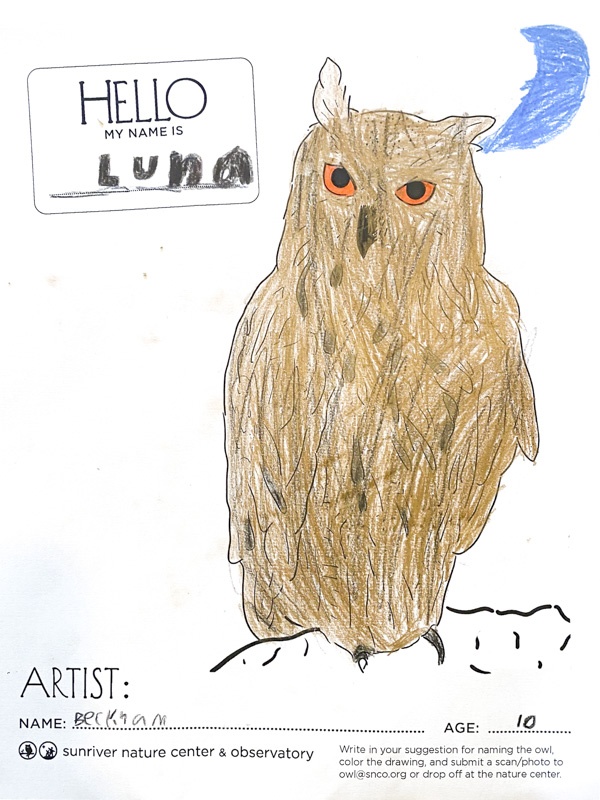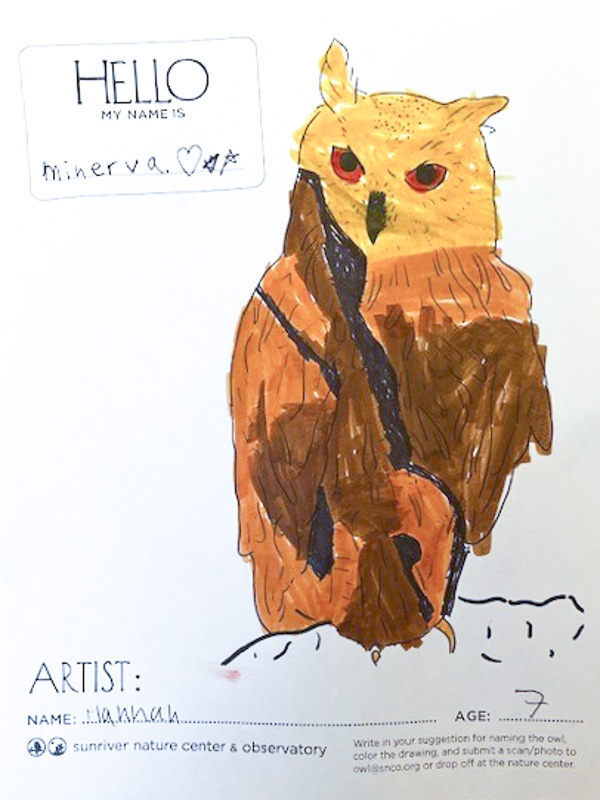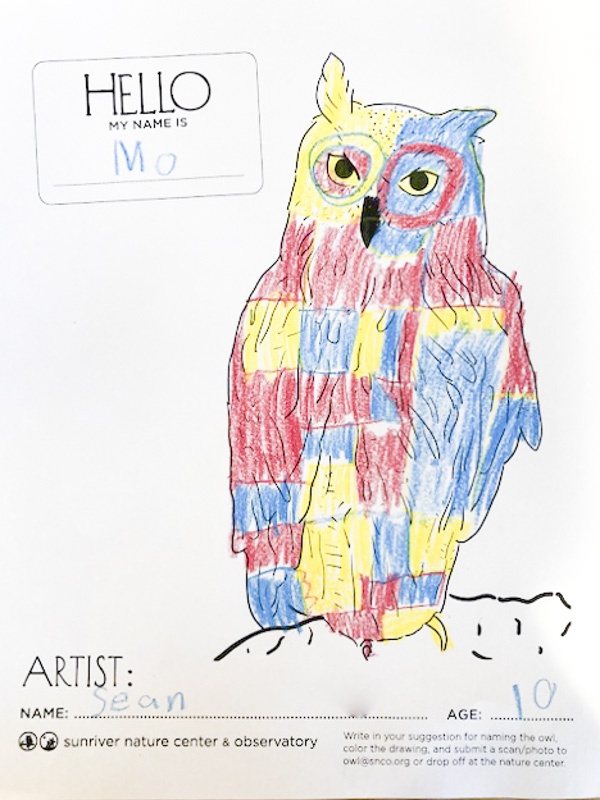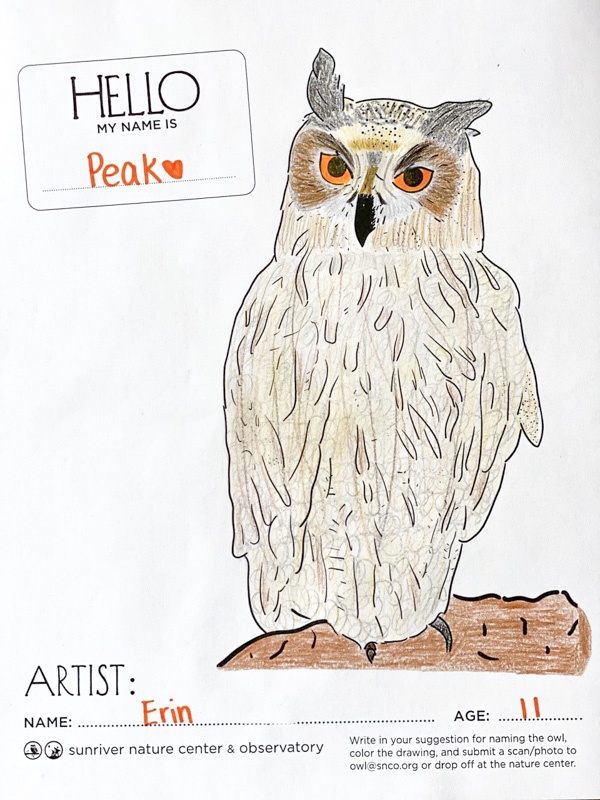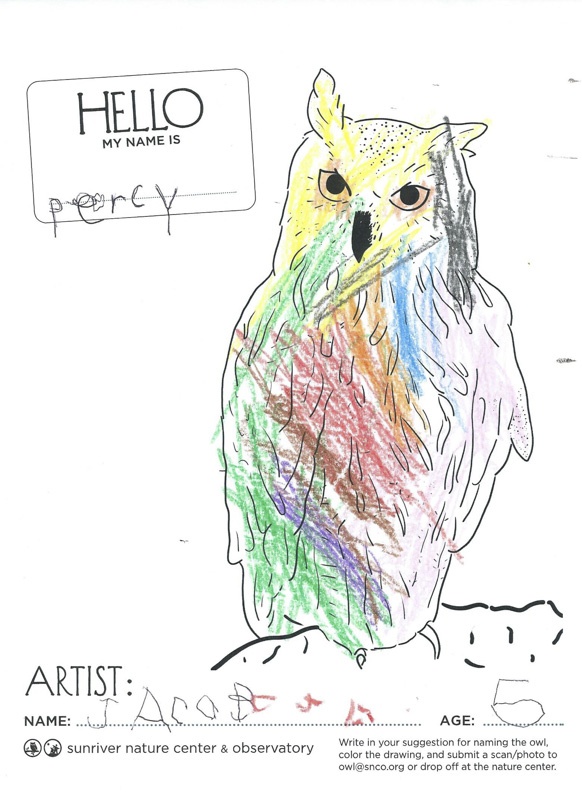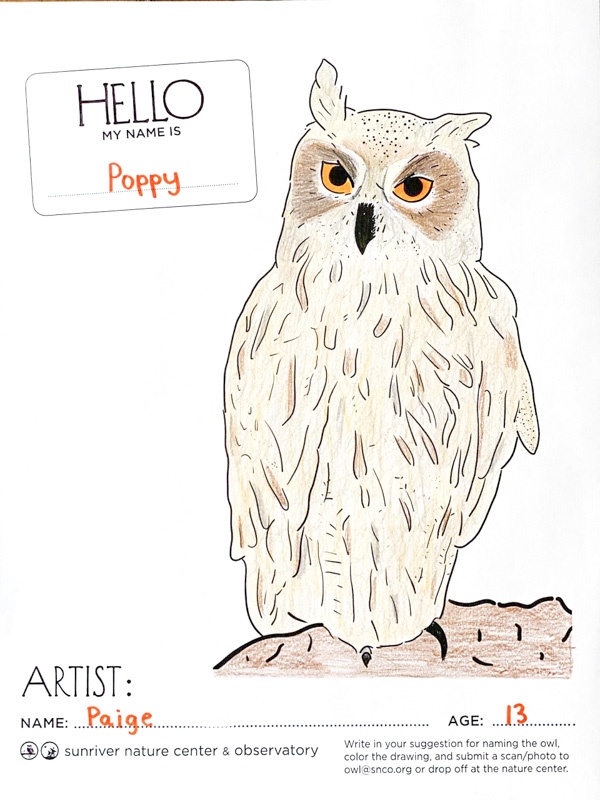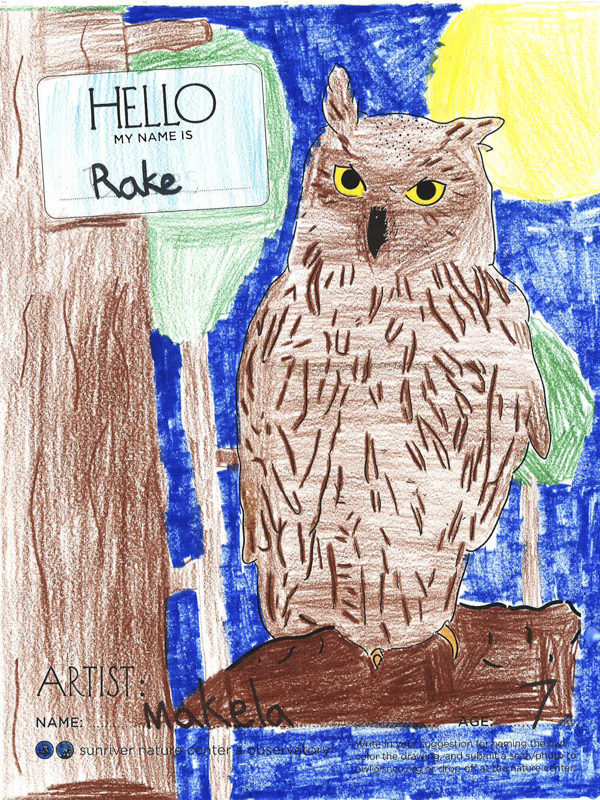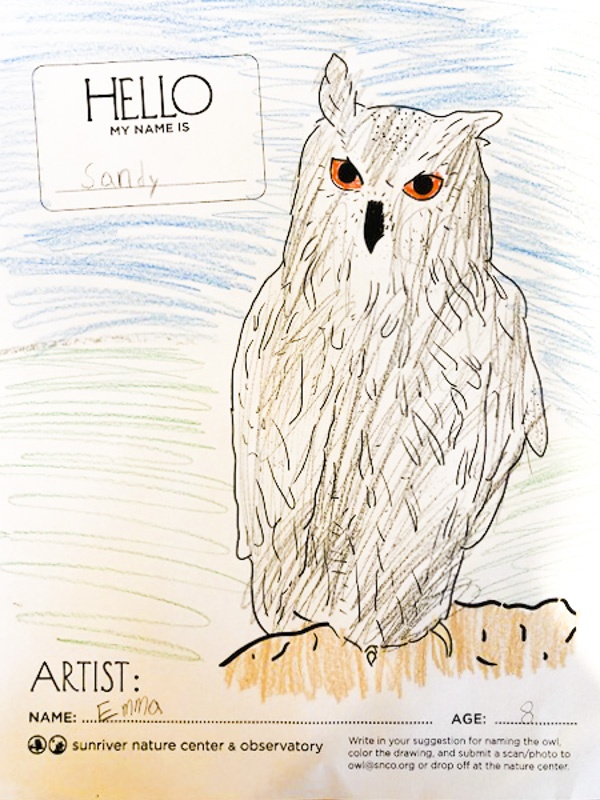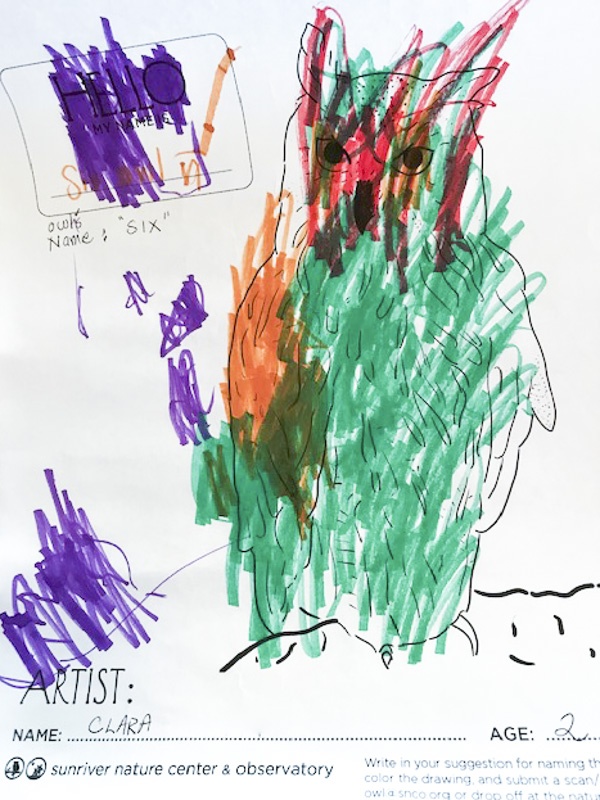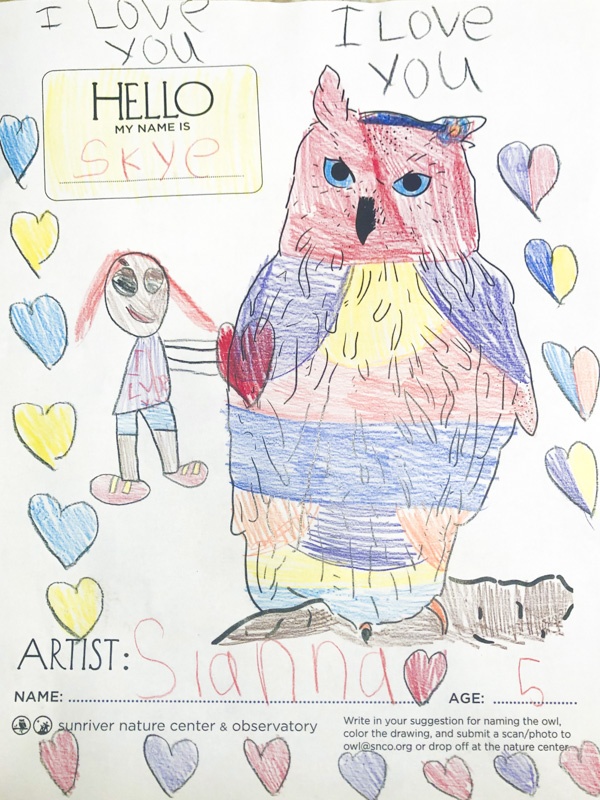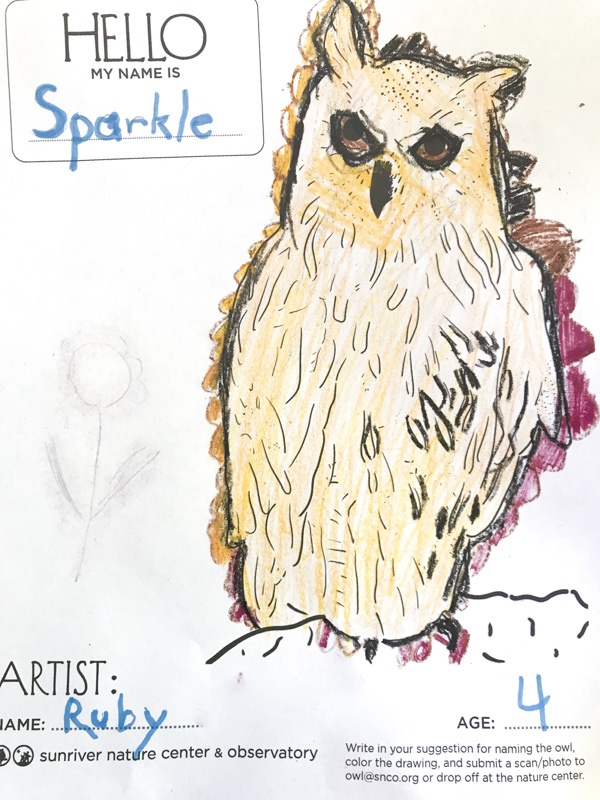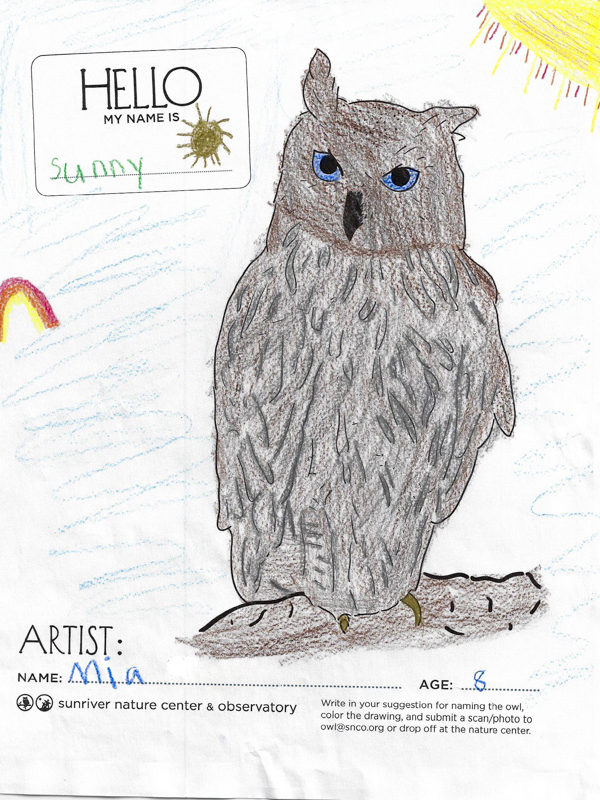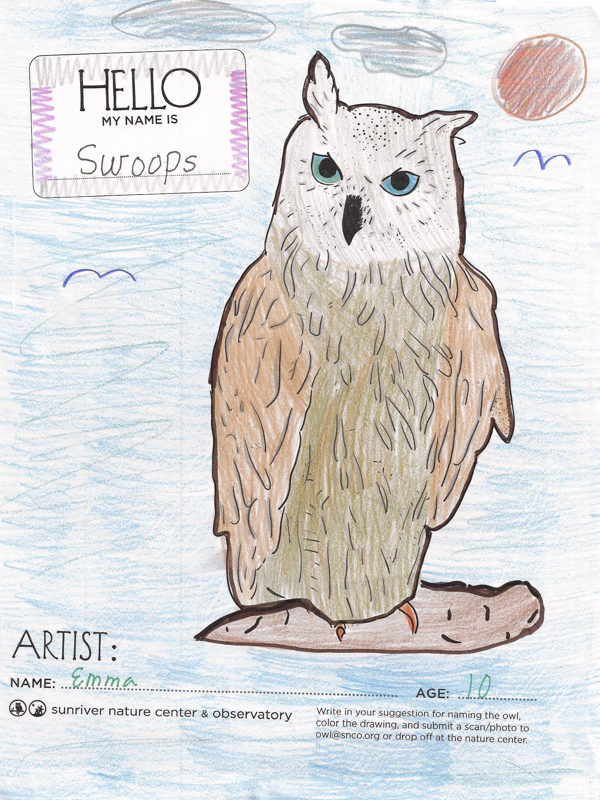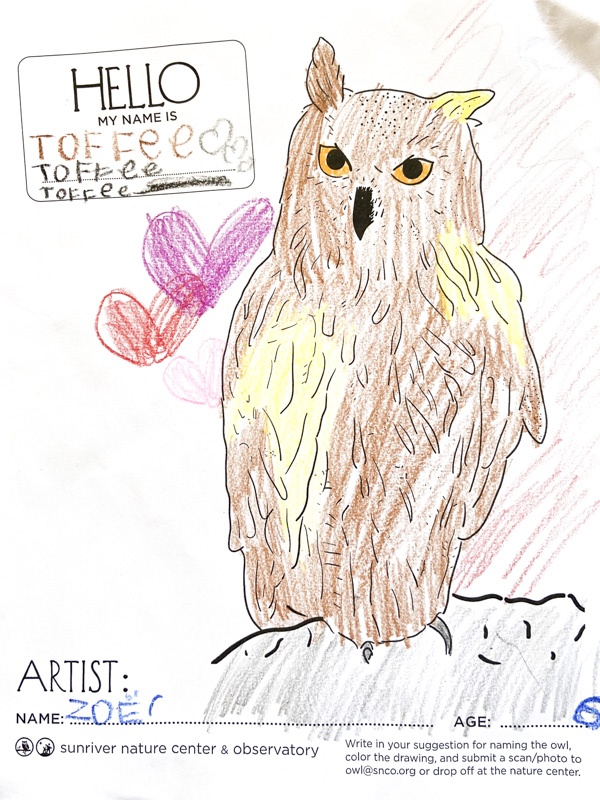Meet Luna, the Eurasian Eagle-owl (Bubo bubo)
Eurasian Eagle-owls are extraordinary owls in many different ways. This species is known as the largest owl in the world, weighing up to 7lbs with a wingspan of up to 6ft. With no known natural predators, and the ability to take prey as large as fox and fawns, Eurasian Eagle-owls are formidable apex predators. This species is often referred to as the old-world version of the Great Horned Owl since they fill a similar ecological niche and are both very widely distributed.
Where They Live
Eurasian Eagle-owls are widely distributed through Europe, Asia, as well as North Africa. They can inhabit forests, grasslands, mountains, and even urban landscapes.
What They Eat
Like all owls, Eurasian Eagle-owls are predatory carnivores but can eat many different foods. Their most common prey items are medium to large-sized mammals, but they will also eat birds, reptiles, fish and invertebrates.
Their Life Cycle
In human care, this species can live up to 60 years old, but they generally only live to 20 years old in the wild. This species is monogamous, and males and females reunite each year during mating season. Nests are placed in rocky crevices, cave entrances, or on sheltered cliff ledges, and up to four eggs are produced. The eggs are incubated for about 35 days by the female while the male provides food for her. Young owlets fledge from the nest after 80 to 90 days, but may still be fed by their parents for up to five months.

